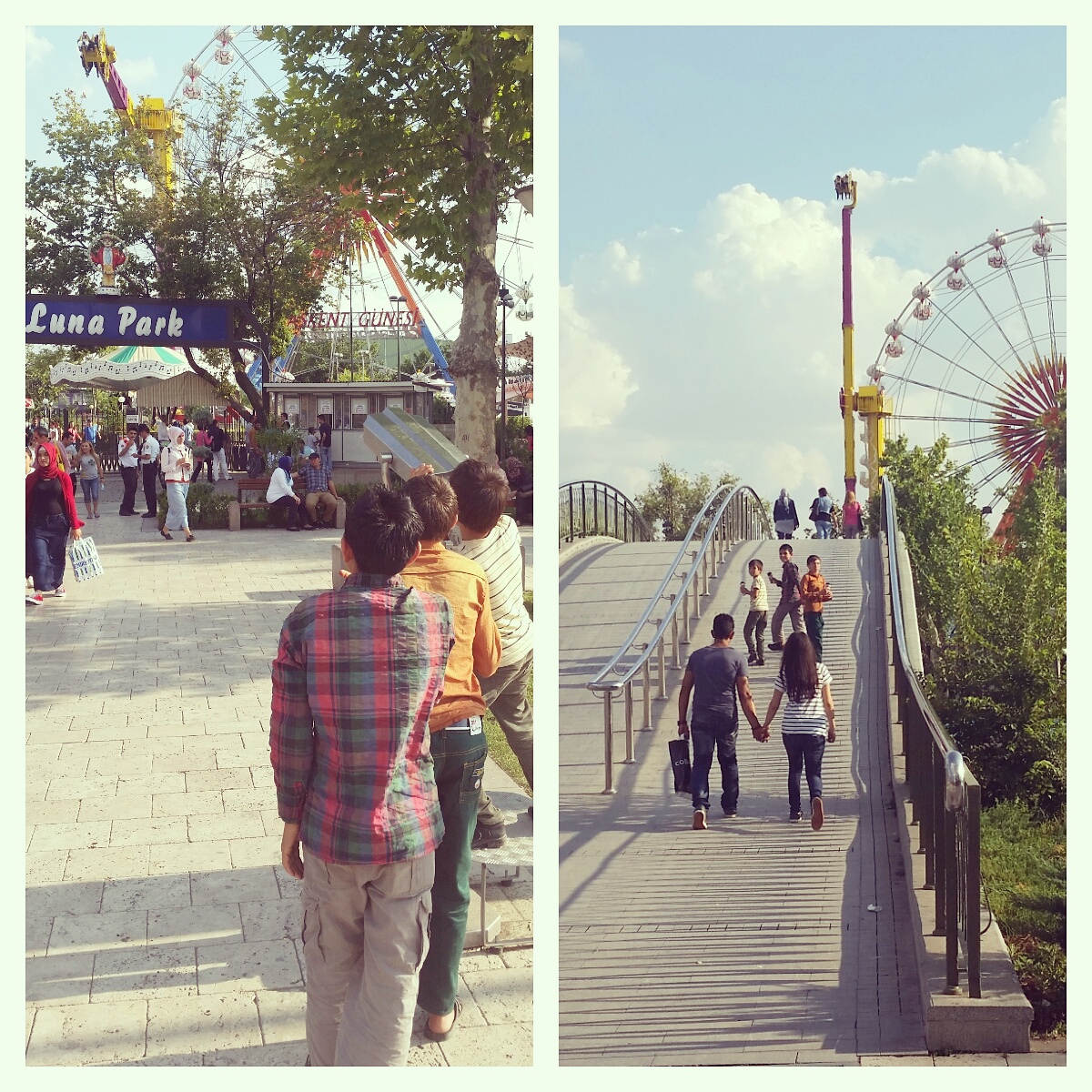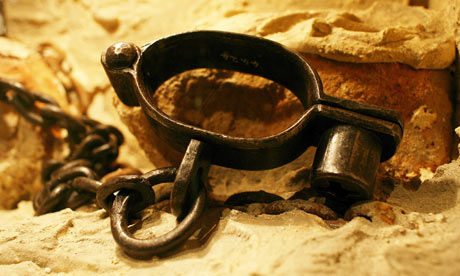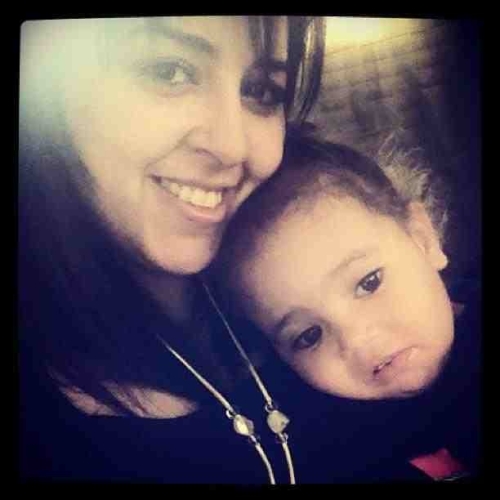
I have never written a theatre review before; not even when I was left wowed by Anthony Hopkins as King Lear all those years ago – despite still having a goosebump on my left arm still dedicated to the way that monstrously talented human made me feel that night.
There is something whimsical, magical, moving beyond words about Broken Wings, that deserves its debut review from me.
Written over a hundred years ago, it’s hard and awe inspiring to realise this poem, so progressive in its attack on religious authority and corruption vs women’s rights is that old! I am glad that this came to life as a reminder of how long the struggle has been fought. It was so cleverly done – the progressive, as old as time, struggle and the “nothing changing – hell freezing over before any change” is the whole point of this show. In the Middle East, everything and its opposite evident and present in every moment of every day.
As soon as Nadim started to sing a few moments into the show, I was hooked! I wanted to scream THANK YOU THANK YOU, after years of covid and everything that came with it, someone’s art and talent had instantly, magically transformed me into the space of healing that only art can achieve! Happily, I quickly realise the gifts came steady from every single one of the actors! Lucca Chadwick-Patel and Noah Sinigaglia’s were brilliantly matched. Ayesha Patel playing Gibran’s loyal childhood friend, is wonderful and funny and seriously talented.
Also, can someone nominate Stephen Rahman Hughes for an Oscar – if not for the entire performance, then surely the glass, teary eyes, the subtle shake he got just right in the moments before he dies is deserving of one? This guy was PHENOMENAL! He had that rare talent to make every single one of the audience feel like he was looking at, speaking to and acting for them, alone. Yasmeen Audi was a firm favourite with her gentleness, humour and brilliant storytelling through her acting. Every time Alex Kais came on stage your eyes and ears drawn to him. As for the brilliant Haroun Jeddal, he did a brilliant job portraying the rich, entitled son. Johan Munir’s portrayal of the Bishop was unfaltering and I wanted to take my Egyptian Aunty slipper off and fly it at him and his nephew – and that’s a good sign!
I took my six-year-old, Lilly, and she sobbed, laughed clapped through it all and as soon as we were done clapping, she whispered “can we come again?”.
I hadn’t been to Charing Cross Theatre before. The intimacy and set up, the “energy” (and I write this with all the appropriate fear of being associated with that word), was intense. Gregor Donnelly and Bronagh Lagan – wow! I remember saying to my friend who’d come with us “I love this space; I want to make friends with everyone of this audience because they’ve come here”. It was a simple setup that you could not possibly imagine how creatively it could be used throughout. Well done to those who do prop and the actors who staged so seamlessly!
We got to the intermission, and I was like “how are there empty seats in here?!” I very seriously contemplated going out for those 10/15 mins screaming at the top of my lungs “come in and experience this show, pay everything you have in your pockets and beg them to let you in”! Thankfully (for those I had come with), I didn’t, not because it would have been an over-the-top reaction, but because I got caught up telling everyone around me how incredible I thought every detail was!
The momentum kept going in the second half, but can we stop to talk a moment about the musicians – WOW!! I would believe it if someone had told me the producers had booked a couple of tickets to heaven to go convince God to loan them their orchestra. Seriously, what kind of talent is this!! Dana Al Fardan and Nadim Naaman’s created music that felt like spells cast on your spirit – this morning, Lilly abandoned the Encanto soundtrack and has had “Spirit of the Sun” (Soophia Foroughi voice and face singing this will stay with me for a long time) and “That was the Day” on repeat!
(P.S. If you find mixed reviews online about the story being “aimless”, have a look at who’s written it. If it’s a “privileged race”, forgive me, but that’s exactly why they didn’t get it, that is the whole point really… that there was no rhyme and reason in the tragedies that most Arabs must live, it is aimless for the victim yet everything for the society that oppresses. For those who didn’t get it, it’s because the ideas of it are beyond anything you’ve lived or experienced (and have clearly not read enough of it either). If it’s maddeningly aimless like someone wrote in the Guardian, I’m so happy for you that you’ve never had to live those fights, those pains, those meaningless tragedies. To everyone else embedded in that culture, who’s lost love for meaningless tragedy, who finds roots to their own parent’s stories in it… good luck while you watch this, it will rip you apart, and piece you together again).
This show was nothing short of sensational and very clearly so because of every single person involved. Thank you. I will be coming again soon!



































































